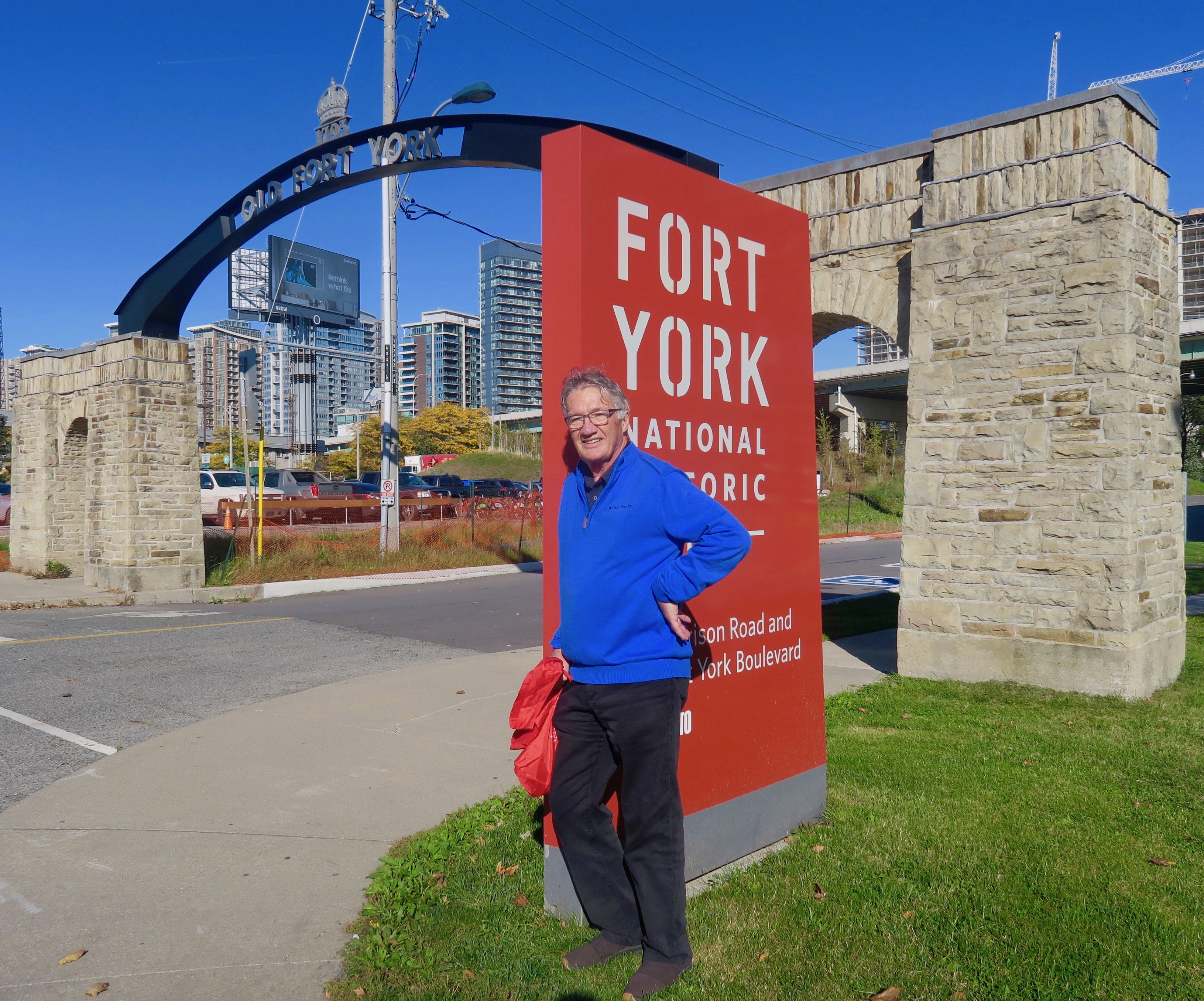Plan Your Go To: Fort York National Historic Site Schedule Details
Plan Your Go To: Fort York National Historic Site Schedule Details
Blog Article
Immerse Yourself in the Stories of Fort York National Historic Site at the Museum
At Fort York National Historic Website, the mirrors of background reverberate through the walls of the museum, offering a look into the past that formed the existing. The narratives of army approaches, civilian perspectives, and the ongoing preservation initiatives create a tapestry of interconnected tales that paint a brilliant image of Fort York's abundant heritage.
History of Ft York's Building
The construction of Ft York, a pivotal military fortress, commenced in the year 1793 under the instructions of John Graves Simcoe, the Lieutenant Governor of Upper Canada. Located at the entry of the Toronto Harbour, the ft was tactically positioned to safeguard the town of York against prospective American dangers complying with the American War of independence.

Despite dealing with challenges such as rough weather and limited resources, the construction of Ft York was completed in 1797. For many years, the fort played a critical role fit the history of Toronto and Canada, standing as a sign of military toughness and perseverance. Today, Fort York stands as a National Historic Site, maintaining the tradition of its construction and the tales of those that protected it.
Life in the Garrison
Within the rock wall surfaces of Fort York National Historic Site, everyday regimens and obligations shaped the lives of the garrison occupants. Life in the garrison was marked by stringent routines and responsibilities. Soldiers posted at Ft York were entrusted with different obligations vital for the functioning of the fort. These tasks included guard task, maintenance of equipment and tools, drills, and training workouts to make certain readiness for prospective conflicts.
Despite the structured nature of life within the ft, there were also minutes of friendship and recreation. Soldiers engaged in activities such as card video games, narration, and occasional events to break the dullness of army life. Generally, life in the fort at Fort York was a mix of discipline, responsibility, and brief minutes of reprieve in the middle of the needs of military solution.
Military Approaches and Defenses
In the middle of the daily regimens and self-displined life of the fort occupants at Fort York National Historic Website, tactical army planning and defense systems played an important function in guarding the fort and its occupants. The ft's military methods were carefully crafted to withstand possible assaults and secure the safety and security of those within its wall surfaces. One of the key protection mechanisms utilized at Fort York was the layout of the ft itself. Purposefully positioned web along the coastline of Lake Ontario, the ft used its area to manage gain access to points and monitor coming close to dangers.
Furthermore, Ft York's defenses consisted of a system of earthworks, palisades, and purposefully positioned cannons to prevent opponent pressures. By fortifying the boundary and strategically basing weapons, the fort might efficiently defend against possible intrusions. The armed forces personnel stationed at Ft York undertook strenuous training to ensure they were prepared to carry out defensive methods effectively.
Private Viewpoints and Contributions
In the historic context of Fort York National Historic Site, civilians played an essential role with their special point of views and important payments to the fort's operations. While soldiers focused on protection and army strategies, private citizens residing within or near Fort York brought diverse skills and understanding that were vital for the fort's performance.

Heritage and Preservation Initiatives
Civilians' substantial payments to Fort York National Historic Site have actually left a lasting tradition that remains to be maintained with dedicated efforts and efforts. The legacy of Ft York is promoted with meticulous preservation methods intended at preserving the site's historic value for future generations. Preservation initiatives include ongoing upkeep of the ft's frameworks, remediation tasks to guarantee historic precision, and curricula that advertise the website's heritage.
To secure the legacy of Fort York, preservationists work together with historians, excavators, and preservation professionals. These collaborations assist in the application of best methods in heritage conservation, making certain that the site's integrity and credibility are preserved. Additionally, fundraising campaigns and area interaction initiatives play an important function in supporting conservation undertakings at Fort York.

Final Thought
Finally, Fort York National Historic Site supplies an abundant tapestry of tales extending from its building to its heritage. Fort York National Historic Site. The background of the garrison, armed forces approaches, noncombatant point of views, and preservation initiatives showcase the importance of this website in Canadian history. Visitors can submerse themselves in the past with different exhibits and interactive experiences, getting a much deeper understanding of individuals and occasions that shaped Fort York
Soldiers based at Fort York were tasked with various duties important for the functioning of the fort.In the middle of the daily regimens and regimented life of the fort inhabitants at Ft York National Historic Site, tactical army planning and protection mechanisms played an important duty in protecting the fort and its owners. One of the essential protection devices utilized at Ft York was the design of the fort itself.In the historical context of Ft York National Historic Site, civilians played an essential role through their distinct point of views and useful payments to the ft's operations. While soldiers focused on protection and army techniques, civilians residing within or near Fort York brought diverse abilities and understanding that were important for the ft's functioning.
Please visit one of our local supporters - Profix Toronto Macbook Repair
Report this page